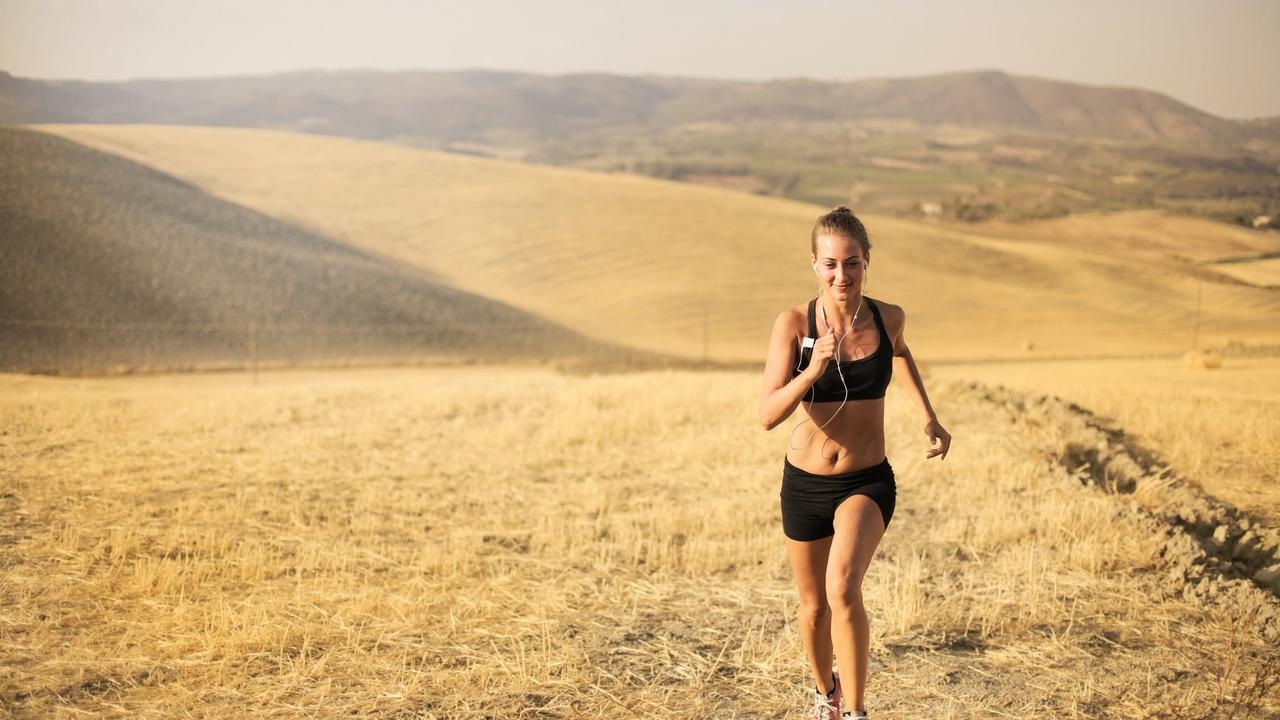From Good to Gait: The 3 Mobility Drills Runners Should Be Doing
Jun 10, 2020
Whether you’re new to running or you’ve been running for 20+ years going back to the basics, the fundamentals are beneficial for you and the longevity of your training.
Have you ever watched how you or someone else runs? Interesting, right? Some people run on their toes, some have long strides while others take quick steps. As universal as running is, our mechanics are like a fingerprint of our movement because there are many ways our mechanics are unique to us when we run.
You may be asking yourself, What’s the point if I have limited joint range of motion at my ankle or in my hip?
Well, we see this all the time with clients. They come to us with limitations in range of motion, the amount of movement your joint has available, or with restrictions in motion due to a lack of muscle flexibility which can lead to dysfunctional movement patterns and habits. This leads to imbalances which can potentially develop into nagging overuse injuries. As runners, when you have the awareness of what ranges of motion your joints should be able to achieve, you’ll have the power to have even more effective running mechanics. Long story short, you can provide your body with the opportunity to be in optimal positions while you hit the pavement and reach those PR’s!
What is the optimal range of motion for running?
Each joint has specific ranges of mobility required to be effective for any task from sitting to standing, lifting weights, running and everything in between. Recent research states during a slow pace run the approximate arcs of motion at the following joints were: 50 degrees at ankle, 95 degrees at knee and 40 degrees at the hip. While running at a fast pace, the hip required more extension in early swing and the hip and knee required more flexion in middle and late swings.This research is looking at the arc of motion versus the full range of motion and mobility at each joint. Although it’s unrealistic to have someone assess your mechanics while you’re going running all the time you can do simple self-assessments and mobility drills to identify your range of motion and any limitations or imbalances.
Below are 3 self assessments you can complete to see if you have adequate mobility and range of motion to allow for better awareness of our bodies within our range of motion.
Ankle Dorsiflexion Mobility: Knee to Wall Drill
Kneeling near a wall, bring your knee toward the wall while your foot maintains contact with the ground, goal is a fist width away from the wall for adequate range of motion.
Hip CARS
Using support with your arms for balance, make a large circle forward and backward with your knee leading the circle. Maintain upright posture and no cheating, the motion should be coming from your hips.
Straight Leg Lowers for Core Strength and Hip Mobility
Laying on your back, bring both legs up off the ground, feet toward the ceiling. Maintain a neutral pelvis and engage your deep core muscles as you bring one leg down at a time. Goal is to maintain a straight leg position throughout without arching from your low back or bending your knees.
Now you may have found 1 of these mobility assessments were more challenging for you, or on one side it was more difficult to maintain adequate form. This is an area of opportunity to focus on for your mobility training. These are general recommendations and not meant to be a catch all or medical advice but it’s a place to start.
Running is truly a freeing form of exercise, why limit your progress by leaving something like addressing your mobility and range of motion on the table. When we’re considering running as a hobby, a lifestyle and a long term activity we must train for longevity to be able to enjoy this form of exercise for much longer.
Bonus: If you’re looking to address mobility in other important areas of your body, make sure to challenge yourself to a FREE 30 Day Mobility Challenge.
Don’t just sit back and let your symptoms limit your training. We encourage you to take action to resolve your symptoms and begin your journey toward restoring movement, function, and reducing symptoms of pain. If you are looking for further guidance or one on one exercise programming, please contact us to learn more about what our performance specialists at Inside Out Strength and Performance can do to help you reach your goals and live strong and confident in the life you live.
Most people don’t know how to stay healthy and fit without getting hurt. At Inside Out Strength and Performance we provide a clear plan to get you in the best shape of your life, without getting injured, so that you can be active and confident that you’ll feel your best for years to come.
We help North County San Diego’s active adults and runners dealing with pain or injury get back to living a pain-free, strong, and confident life.
We are the Strength Docs who help active adults and runners live a strong, confident, and pain-free life. Fill out our contact form here to get a clear plan and get started.
